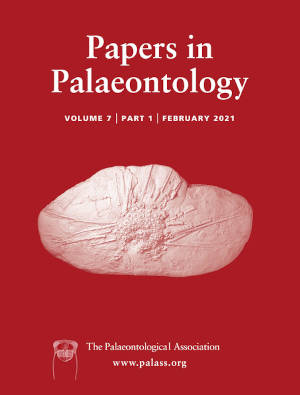Reg. Charity No. 1168330

This paper describes a rich bivalve fauna from the Tubiphytes‐Limestone Member (Bithynian, early middle Anisian) of the Caerace Formation in North Dobrogea (Romania). We report 51 bivalve species, including 7 new species and 2 new genera: Atrina multicostata sp. nov., Pinna simionescui sp. nov., Chlamys (Praechlamys) prima sp. nov., Entolium reticulatum sp. nov., Scythentolium anisicum sp. nov., Romaniamya mahmudiaensis gen. et sp. nov. and Praedicerocardium vetulus gen. et sp. nov. The latter taxon represents the oldest Triassic megalodontoid. We provide detailed descriptions of the bivalve fauna, discuss the ecology and compare species richness in the Early and Middle Triassic, showing that the bivalve assemblage of North Dobrogea is much more diverse than all previously described Early Triassic bivalve faunas, but not as rich as several faunas from the late Anisian and Ladinian. The relative richness of the Dobrogea fauna with respect to geologically older and younger faunas suggests that it represents an early stage of the main rediversification of bivalves after the end‐Permian mass extinction.